Grass holes, often referred to as “potholes” or “grass depressions,” are enigmatic features found in various ecosystems around the world. Their origins have puzzled scientists and nature enthusiasts alike, leading to a plethora of theories regarding their formation. Some suggest that these depressions are the result of natural processes, while others attribute their existence to the activities of animals or even human intervention.
The term “grass hole” itself evokes curiosity, as it implies a void in an otherwise lush landscape, prompting questions about what lies beneath the surface and how these peculiar formations came to be. In many cases, grass holes can be traced back to the activities of burrowing animals. Creatures such as moles, gophers, and rabbits dig into the ground in search of food or shelter, inadvertently creating depressions in the grass above.
These holes can vary in size and depth, depending on the species responsible for their creation. However, not all grass holes are animal-made; some may result from natural erosion processes, where water runoff or wind action gradually wears away the soil, leading to the formation of these intriguing features. The interplay between biological and geological factors contributes to the complexity of grass hole origins, making them a fascinating subject for further exploration.
Key Takeaways
- Grass holes have mysterious origins and are found in natural environments around the world.
- The science behind grass holes involves a combination of factors such as soil composition, water flow, and plant growth patterns.
- Grass holes can have a significant impact on ecosystems and wildlife, providing important habitats and food sources.
- Human activity, such as agriculture and urban development, can contribute to the creation of grass holes in natural environments.
- There are myths and misconceptions surrounding grass holes that need to be uncovered and addressed for better understanding and conservation efforts.
The Science Behind Grass Holes: What Causes Them?
Soil Composition and Erosion
Soil composition plays a crucial role in determining how easily the ground can be disturbed or eroded. Sandy soils, for instance, are more susceptible to erosion than clay-rich soils, which tend to hold together more firmly.
Moisture and Vegetation
Moisture levels in the soil can affect its stability; saturated soils are more prone to collapse under pressure, resulting in depressions that may eventually become grass holes. The roots of grasses and other plants help bind the soil together, providing stability and preventing erosion. However, when these plants die or are removed—whether through natural processes like drought or human activities such as land clearing—the soil can become loose and more vulnerable to erosion.
Seasonal Changes and Grass Hole Formation
Seasonal changes can exacerbate this process; for example, during heavy rainfall, water can wash away topsoil and create depressions that may evolve into grass holes over time. As the ground settles and shifts, the formation of grass holes can occur, leading to the creation of these unique landforms.
The Impact of Grass Holes on Ecosystems and Wildlife
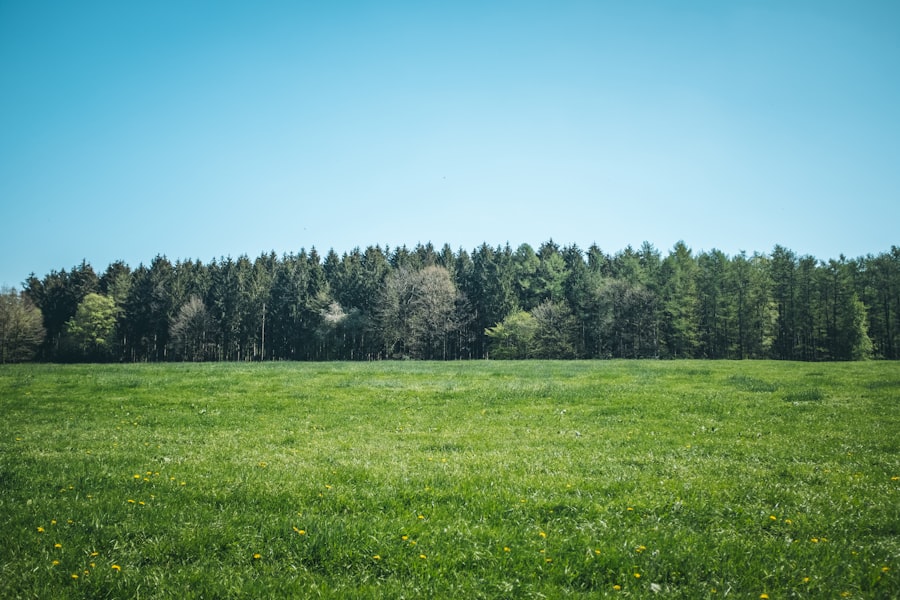
Grass holes can have significant implications for local ecosystems and wildlife populations. These depressions often serve as microhabitats for various organisms, providing shelter and resources for insects, small mammals, and even amphibians. The unique conditions within grass holes—such as increased moisture retention and altered temperature profiles—can create niches that support diverse forms of life.
For instance, certain plant species may thrive in these areas due to the accumulation of organic matter and nutrients that can occur in depressions. Moreover, grass holes can influence the movement patterns of larger animals within an ecosystem. Species such as deer or rabbits may use these depressions as hiding spots from predators or as resting areas during their foraging activities.
The presence of grass holes can also affect the distribution of plant species in an area, as some plants may be better adapted to grow in the moist conditions found within these depressions. This interplay between flora and fauna highlights the ecological significance of grass holes and their role in maintaining biodiversity.
The Role of Human Activity in the Creation of Grass Holes
| Human Activity | Impact on Grass Holes |
|---|---|
| Overgrazing | Leads to soil erosion and compaction, creating grass holes |
| Deforestation | Reduces the stability of the soil, contributing to the formation of grass holes |
| Urbanization | Increases impervious surfaces, leading to water runoff and soil degradation, resulting in grass holes |
| Industrial Agriculture | Heavy machinery and chemical use can degrade soil structure, causing grass holes |
Human activity has played a substantial role in the creation and alteration of grass holes across various landscapes. Urbanization, agriculture, and land development can disrupt natural processes and lead to the formation of new grass holes or the modification of existing ones. For example, construction activities often involve soil excavation and compaction, which can create depressions in previously level ground.
Additionally, agricultural practices such as plowing or overgrazing can lead to soil erosion and contribute to the emergence of grass holes. Furthermore, human-induced climate change is altering precipitation patterns and temperature regimes, which can exacerbate the conditions that lead to grass hole formation. Increased rainfall intensity may result in greater soil erosion, while prolonged droughts can weaken vegetation cover, leaving soil more susceptible to disturbance.
As ecosystems respond to these changes, the dynamics surrounding grass holes may shift significantly, potentially leading to an increase in their prevalence or altering their ecological functions.
Uncovering the Myths and Misconceptions About Grass Holes
Despite their intriguing nature, grass holes are often surrounded by myths and misconceptions that can obscure our understanding of their true significance.
This oversimplification can lead to a lack of appreciation for the diverse processes that contribute to their formation.
Another misconception is that grass holes are detrimental to ecosystems. While they can pose challenges for certain agricultural practices—such as uneven terrain for machinery—grass holes also provide essential habitats for various species. They contribute to biodiversity by creating microenvironments that support unique plant and animal communities.
By debunking these myths, we can foster a greater understanding of grass holes and their ecological roles.
The Importance of Preserving Grass Holes in Natural Environments
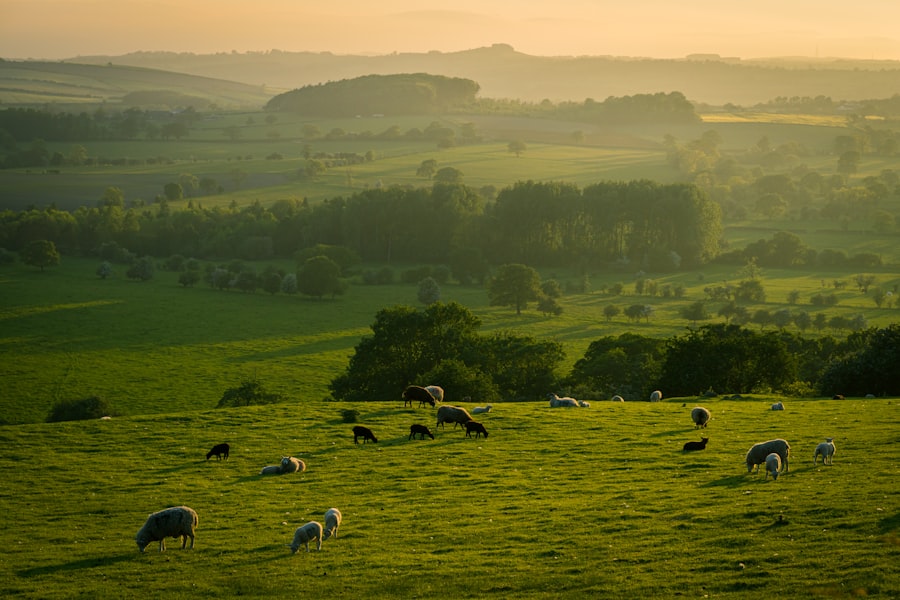
Preserving grass holes is crucial for maintaining healthy ecosystems and promoting biodiversity. These features often serve as vital habitats for numerous species, many of which may be threatened by habitat loss due to urbanization or agricultural expansion. By protecting areas with grass holes, we can help ensure that these microhabitats remain intact and continue to support diverse forms of life.
Moreover, grass holes play a role in soil health and water retention within ecosystems. Their presence can enhance nutrient cycling by allowing organic matter to accumulate in depressions, which can improve soil fertility over time. This is particularly important in areas prone to drought or erosion, where maintaining soil health is essential for sustaining plant communities and preventing land degradation.
Conservation efforts aimed at preserving grass holes can thus have far-reaching benefits for both wildlife and ecosystem resilience.
How to Study and Monitor Grass Holes in the Wild
Studying and monitoring grass holes requires a combination of field observations and scientific methodologies. Researchers often begin by mapping areas where grass holes are prevalent, noting their size, depth, and distribution patterns within a given landscape. This initial assessment provides valuable baseline data that can inform further investigations into the ecological roles of these features.
Field studies may involve collecting soil samples from within grass holes to analyze their composition and nutrient content compared to surrounding areas. Additionally, researchers might employ techniques such as remote sensing or aerial photography to monitor changes in vegetation cover over time. Observational studies focusing on wildlife interactions with grass holes can also yield insights into how these features influence animal behavior and habitat use.
By employing a multidisciplinary approach, scientists can gain a comprehensive understanding of grass holes and their significance within ecosystems.
The Future of Grass Holes: Conservation and Management Efforts
As awareness grows regarding the ecological importance of grass holes, conservation and management efforts are increasingly being implemented to protect these unique features. Land management agencies are beginning to recognize the value of preserving areas with grass holes as part of broader conservation strategies aimed at maintaining biodiversity and ecosystem health. Initiatives may include establishing protected areas that encompass regions with significant concentrations of grass holes or implementing sustainable land-use practices that minimize disturbance to these features.
Community engagement is also vital in conservation efforts related to grass holes. Educating local populations about their ecological significance can foster stewardship and encourage responsible land management practices that protect these habitats from degradation. Citizen science initiatives may involve volunteers monitoring grass hole populations or participating in restoration projects aimed at enhancing habitat quality.
By combining scientific research with community involvement, we can work towards ensuring that grass holes continue to thrive within our natural environments for generations to come.
If you are interested in exploring the concept of communalism and its impact on society, you may find the article “Challenges to Civilization: State and Society – Communalism, Secularism, Nationalism” from Yimho to be a thought-provoking read. This article delves into the complexities of communalism and its relationship with secularism and nationalism, shedding light on the challenges faced by modern societies in maintaining harmony and unity.
FAQs
What is a grass hole?
A grass hole is a term used to describe a patch of grass that has been worn away or damaged, often due to heavy foot traffic or other forms of wear and tear.
How does a grass hole form?
Grass holes can form when the grass is repeatedly walked on, played on, or otherwise subjected to heavy use. This can cause the grass to become compacted, leading to the loss of grass and the formation of a bare patch.
How can grass holes be prevented?
Grass holes can be prevented by limiting foot traffic on grassy areas, using designated pathways, and implementing proper lawn care practices such as aerating and overseeding.
How can grass holes be repaired?
Grass holes can be repaired by reseeding the damaged area, applying topsoil, and providing proper watering and maintenance to encourage new grass growth.
Why are grass holes a concern?
Grass holes can be a concern because they can detract from the appearance of a lawn or green space, and they can also contribute to soil erosion and other environmental issues. Additionally, grass holes can create safety hazards and impact the usability of the area.

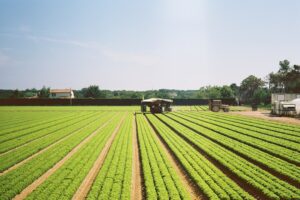


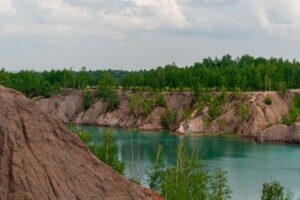

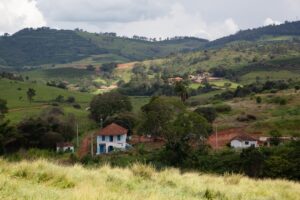



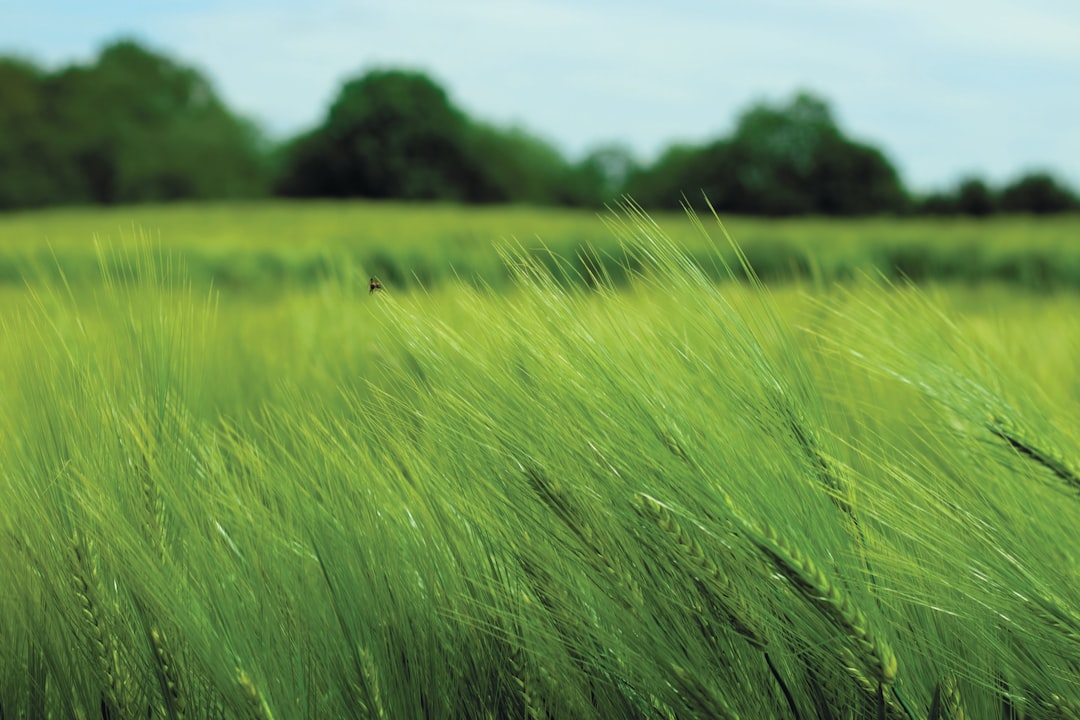
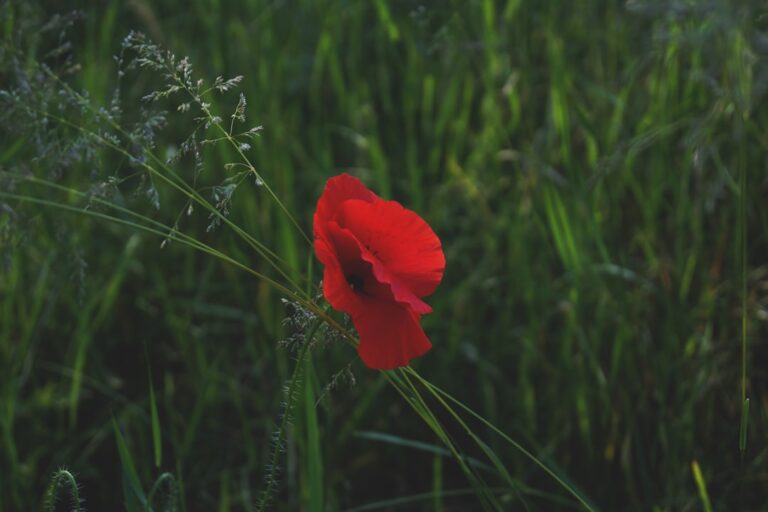

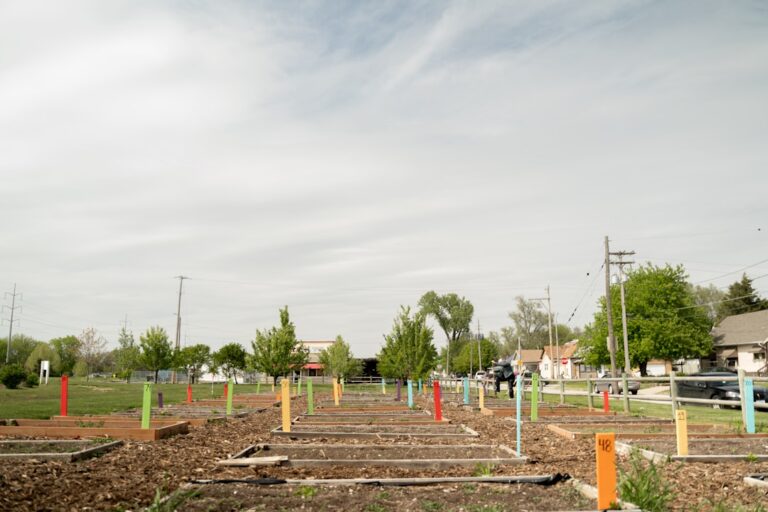

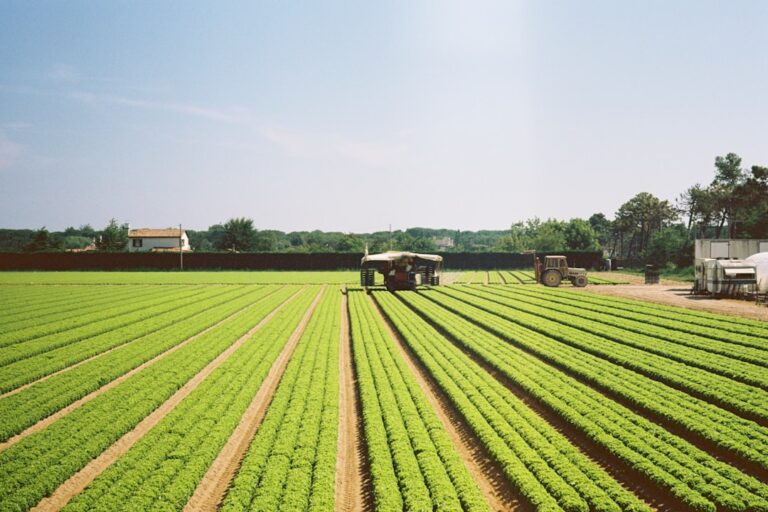






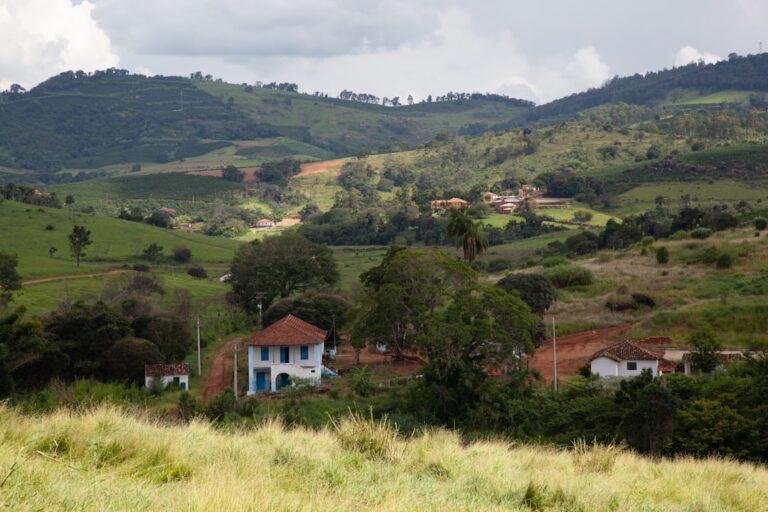

+ There are no comments
Add yours